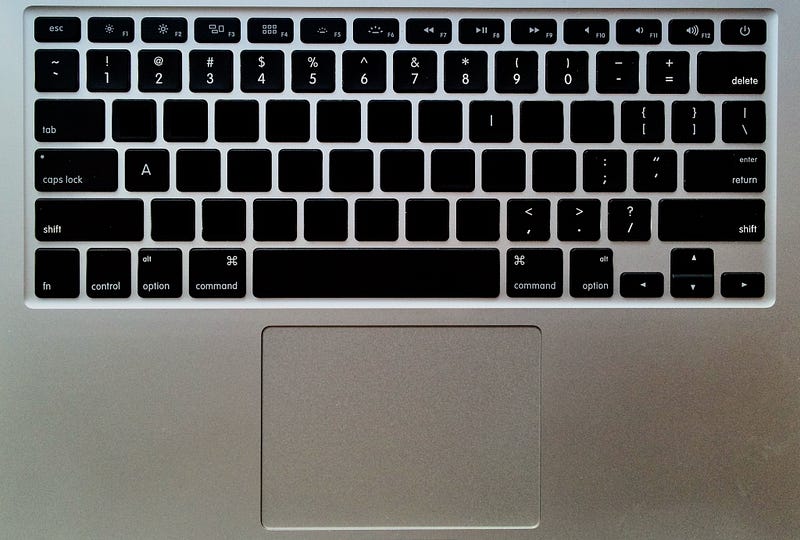Navigating the Intersection of Photography and AI Generators
Written on
Chapter 1: Understanding AI Image Generators
In today’s digital landscape, the thought of others sifting through your personal belongings is unsettling. This sentiment resonates with many photographers whose images are accessible online. These publicly available photographs may unintentionally contribute to the training of AI text-to-image generators, which are increasingly popular in creative technology.
What exactly is an AI image generator? This type of software produces visuals based on text prompts. For instance, an AI-generated scene can illustrate a non-existent location, rendered in vibrant hues and intricate compositions that exist solely in the digital realm.
The technology behind these generators analyzes existing photographs and the accompanying metadata to learn how to create new images. Users simply input a few keywords to kick off the image creation process.
This capability is not only fascinating but could also be advantageous in several contexts. For art directors facing tight deadlines, AI-generated visuals can be invaluable. Additionally, animators might sketch initial frames while allowing the software to efficiently fill in missing elements, significantly cutting down on both time and costs.
However, a key question arises: where do the images that train these systems originate?
You might be surprised to learn that organizations like Common Crawl routinely scrape millions of web pages and make the data accessible. AI generators require extensive databases comprising thousands of image-text combinations, which are collected and organized by entities like LAION from the scraped content.
Is there any way to monitor this process? There are some options available.
Platforms such as “Have I Been Trained?” allow photographers to check whether their images have been used in this manner. If desired, they can opt out of having their work utilized by popular generators like Stable Diffusion, which is just one example of this technology.
After searching my most popular images on Flickr, I found nothing particularly alarming. While I observed some resemblances, it was hard to ascertain their origins.
As photographers, where does this leave us? Should we be concerned?
My stance is one of awareness. If you have images online and are worried about them being leveraged to train AI image generators, there are measures you can take, including opting out via “Have I Been Trained?”
Furthermore, understanding the technology can alleviate some of the apprehension surrounding AI. Knowledge is empowering.
Personally, I plan to stay informed. The field of AI technology is rapidly evolving, and I intend to keep a vigilant watch on its developments.
Section 1.1: The Role of Data Scraping
Data scraping is essential for AI generators, providing them with the vast image-text datasets they need.
Subsection 1.1.1: Monitoring Your Work Online

Section 1.2: Protecting Your Artistic Integrity
Chapter 2: The Future of Photography in the Age of AI
In this video, "How to Use Photos and Images in Your AI Art," viewers will learn how to effectively incorporate their photography into AI-generated art, highlighting the balance between creativity and technology.
The second video, "How to Create AI Generated Images from Text with MidJourney - Beginners Tutorial," serves as a guide for those interested in creating images from text using AI, making this technology accessible for novices.